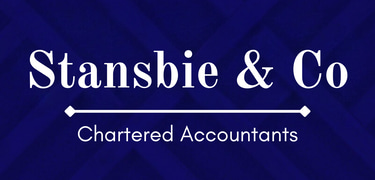Making Tax Digital for Income Tax: What You Need to Know
As accountants, we’re used to HMRC reforms, but Making Tax Digital for Income Tax (MTD ITSA) is one of the biggest changes in recent years. If you are a sole trader, landlord or receive income through self-employment or property, this will affect how you keep records and report to HMRC. Here’s a breakdown of what’s changing, key dates, how to prepare and what it means in practice.
Daniel Stansbie
9/22/20252 min read
What is MTD for Income Tax?
MTD for Income Tax Self Assessment (ITSA) is HMRC’s project to modernise the tax system by moving away from paper-based or annual-only reporting towards a digital, periodic update model.
Under the new rules, affected taxpayers must:
Keep digital records of business / property income and allowable expenses via MTD-compatible software.
Submit quarterly updates to HMRC summarising income and expenditure.
At the end of the tax year, submit a final annual declaration (sometimes called a “Final Declaration”) confirming the totals and making any adjustments.
It builds on the precedent set by MTD for VAT, but with its own rules and deadlines.
Who Will Be Affected, And When
The roll-out is phased:
From 6 April 2026 - Sole traders / landlords (self-employment / property income) with £50,000 or more gross income per year from those sources.
From 6 April 2027 - Threshold drops: those with £30,000 or more gross income from qualifying sources will be required to comply.
Other points:
“Qualifying income” means gross income from self-employment and/or UK property rentals before expenses.
If you have multiple income streams (e.g. self-employment + property), they are aggregated for determining whether you hit the threshold.
General partnerships, LLPs, and certain entities are not initially within scope, though expected in later phases.
Key Dates & Deadlines
April 6, 2026: First mandatory start date for those over £50,000.
Quarterly update deadlines will follow each 3-month reporting period, with submissions required shortly after each period ends.
Final declaration (annual summary) – to be submitted by 31 January following the tax year.
HMRC is already writing to those who it believes will fall within scope, to give them advance notice.
What You’ll Need to Do to Prepare
To ensure compliance and minimise disruption, here’s what to consider:
Check if you’ll be in scope
Review your income sources; see if your gross income from self-employment and/or property exceeds upcoming thresholds.Get suitable software or an accountant
You’ll need HMRC-approved, MTD-compatible digital accounting software. For many this will be easier to do via an accountant who will already have this software.Set up good record-keeping
Start (if not already) keeping digital records of sales, expenses, receipts, bank transactions etc. The more organised you are, the easier quarterly updates will be.Work with your accountant / adviser
Coordinate with your adviser to ensure processes are aligned. The adviser may need more frequent access to your data if they are preparing quarterly updates.Plan for cashflow / admin effort
While quarterly updates are about reporting (not paying), more frequent reporting means more regular work. Budget time and resources to ensure you meet deadlines.
Risks & Penalties
Failing to submit quarterly updates or final declarations on time may result in penalties under HMRC’s new points-based regime.
Errors in digital record-keeping or using non-compliant software could lead to complications.
Businesses may face added costs: software subscriptions, bookkeeping support, or training.
